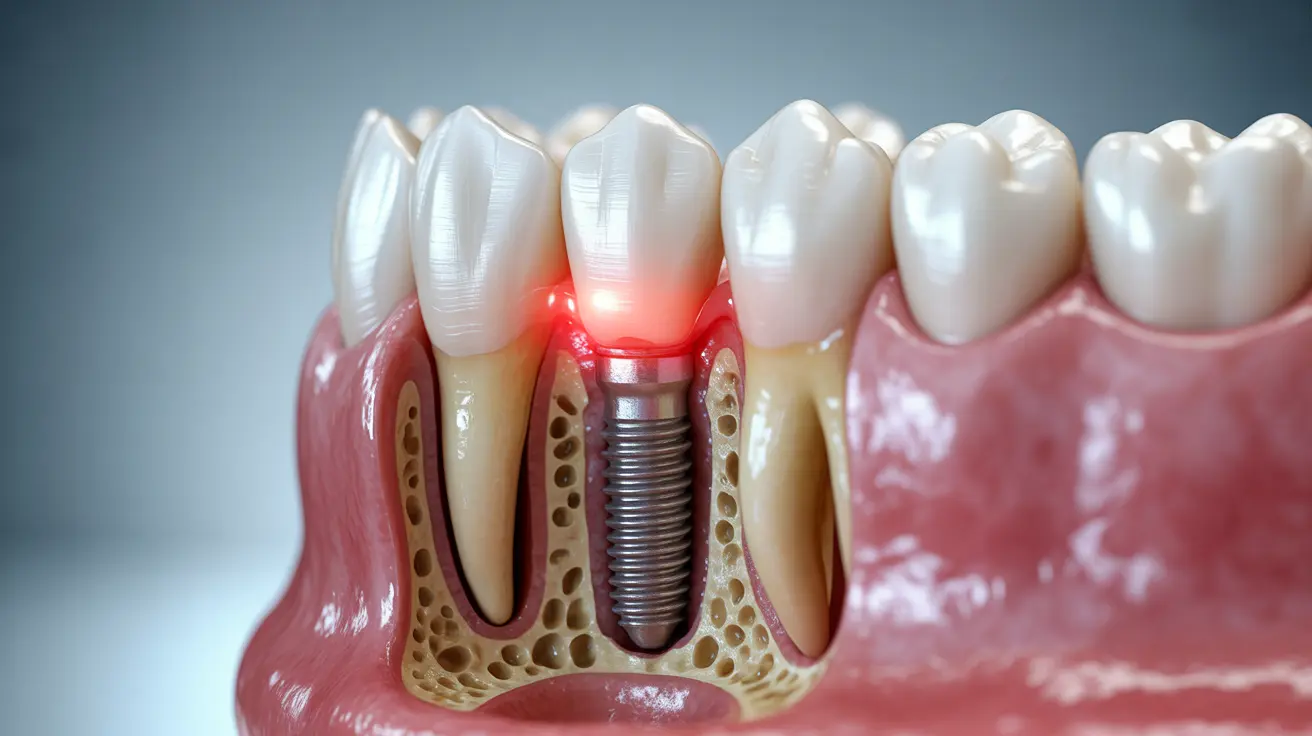When a red bump appears on your skin, it's natural to assume it's just a pimple. However, some skin lesions can be signs of more serious conditions, including MRSA (Methicillin-resistant Staphylococcus aureus) infections. Understanding the difference between MRSA and common acne could be crucial for your health and safety.
In this comprehensive guide, we'll explore how to identify MRSA infections, distinguish them from regular pimples, and understand the appropriate treatment approaches. We'll also discuss prevention strategies to help protect yourself and others from this potentially serious bacterial infection.
Key Characteristics of MRSA Skin Infections
MRSA infections often begin as small red bumps that can be mistaken for pimples or spider bites. However, these lesions typically have distinct characteristics that set them apart:
- Red, swollen, and painful to touch
- Warm area around the bump
- Fills with pus or other drainage
- Develops a yellow or white center
- Spreads rapidly
- May be accompanied by fever
- Often appears in clusters
Understanding the Difference Between MRSA and Regular Pimples
While both MRSA infections and pimples can appear similar at first, several key factors distinguish them:
Appearance and Development
Regular pimples typically develop slowly and remain relatively contained. MRSA infections often progress rapidly and may spread to surrounding areas. The skin around a MRSA infection usually becomes more notably red, swollen, and warm compared to typical acne.
Pain Levels
While pimples can be tender, MRSA infections often cause more significant pain and may feel hot to the touch. The pain from MRSA tends to be more intense and persistent compared to typical acne discomfort.
Treatment Approaches for MRSA Infections
MRSA infections require specific medical intervention and cannot be treated like regular acne:
- Professional medical evaluation
- Targeted antibiotic therapy
- Possible incision and drainage
- Wound care management
- Follow-up monitoring
Prevention Strategies
Preventing MRSA infections involves several key practices:
- Regular hand washing with soap and water
- Keeping cuts and scrapes clean and covered
- Avoiding sharing personal items like towels or razors
- Maintaining good personal hygiene
- Cleaning and disinfecting frequently touched surfaces
- Showering after athletic activities
- Proper wound care
When to Seek Medical Attention
Don't wait to seek medical care if you notice:
- Rapid spread of the infection
- Increasing pain or redness
- Fever or chills
- Multiple lesions
- Failure to improve with standard acne treatment
- Deep or large wounds
- Signs of systemic infection
Frequently Asked Questions
What are the typical symptoms of MRSA that might be mistaken for acne?
MRSA typically appears as red, swollen bumps that are warm and painful to touch. Unlike acne, these lesions often progress rapidly, may be accompanied by fever, and can quickly develop into deep, painful abscesses requiring medical attention.
How do you treat MRSA skin infections, and what antibiotics are effective?
MRSA infections require treatment with specific antibiotics that are effective against resistant bacteria. Common treatments include medications like vancomycin, daptomycin, or linezolid. Additionally, some infections may require surgical drainage of abscesses.
Can MRSA infections be prevented, and what are the best practices for avoiding them?
MRSA infections can often be prevented through proper hygiene practices, including regular hand washing, keeping wounds clean and covered, avoiding shared personal items, and maintaining clean environments. Regular cleaning of frequently touched surfaces is also important.
What are the key differences between MRSA and regular staph infections, and how do they affect the body?
MRSA is resistant to many common antibiotics, making it more difficult to treat than regular staph infections. While both can cause similar symptoms, MRSA tends to be more aggressive and may cause more severe infections that spread more rapidly.
How do you know if a skin lesion is MRSA versus a spider bite or typical pimple, and when should you seek medical attention?
MRSA lesions typically cause more pain, spread more quickly, and are accompanied by more significant redness and swelling than spider bites or pimples. Seek immediate medical attention if the lesion rapidly worsens, is accompanied by fever, or fails to improve with standard treatment.




